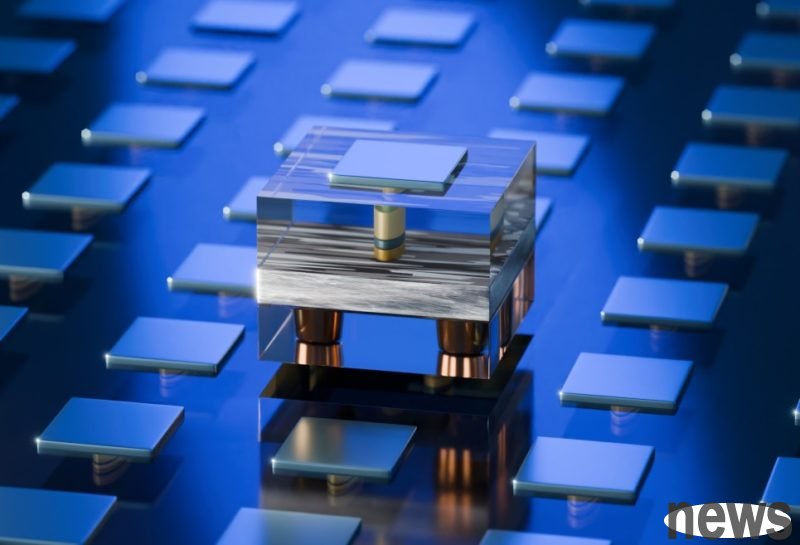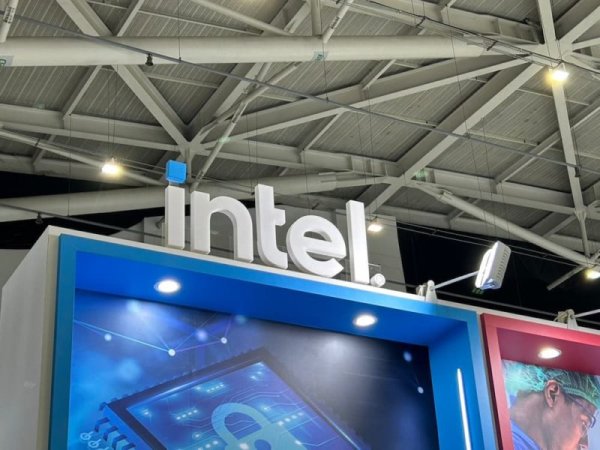Taiwan team breaks through material restrictions, helping high-speed electricity saving new memory attack commercial

The existing memory is difficult to combine ultra-high-speed switching and long-term stability. The Yangming Jiaotong University team has organized manufacturers, ministries and multi-calibers to break through material limitations and enable high-speed and low-power memory to commercialize, which will help large language models (LLMs), mobile devices, and vehicle electronics and data centers.
The National Science and Technology Association today stated that with the assistance of the National Science and Technology Association, Huang Yanlin, an assistant professor at the National Yangming University of Transportation, organized a research team of manufacturers, industrial research institutes, national synchronous radiation research centers, Stanford University and National High School, successfully breaking through the key material limitations of spin-channel moment magnetoresistive random access memory (SOT-MRAM), which can commercialize this high-speed and low-power memory. The results were published in the journal Nature Electronics.
The National Science and Technology Association said that this achievement will help large language models, mobile devices (extend battery life and improve data safety) and vehicle electronics and data centers (high reliability and low energy consumption).
National Science and Technology Information, the existing memory is divided into two categories. The speed of the destructive memory is fast but the power disappears, such as dynamic random access memory (DRAM) and static random access memory (SRAM); non-development memory can store data for a long time but is slower, such as fast flash memory (Flash). The scientific community has tried to develop new types of memory for many years, such as phase change memory (PCM), spin shift torque magnetic memory (STT-MRAM), iron and electrical random access memory (FeRAM), etc., but it is always difficult to combine ultra-high-speed switching and long-term stability.
The National Science and Technology Association stated that this time, the Taiwan research team took a key step to significantly improve the stability of the tin (W) materials with innovative material film layer design, and can still maintain excellent spin channel torque effect even under high temperature advanced processes. In addition, this breakthrough demonstrates the first 64kb SOT-MRAM array integration CMOS control circuit, ultra-high speed switching (1 n seconds), low power consumption characteristics and long-term data stability (over ten years).
The National Science and Technology Association said that this achievement demonstrates Taiwan's innovative strength in the field of new generation memory technology, and also symbolizes its leading position in forward-looking semiconductors and new memory technology, opening a new machine for global high-speed computing and low-power applications.
Extended reading: The world has achieved very few successes, and the National Research Institute team has developed a new MRAM memory



